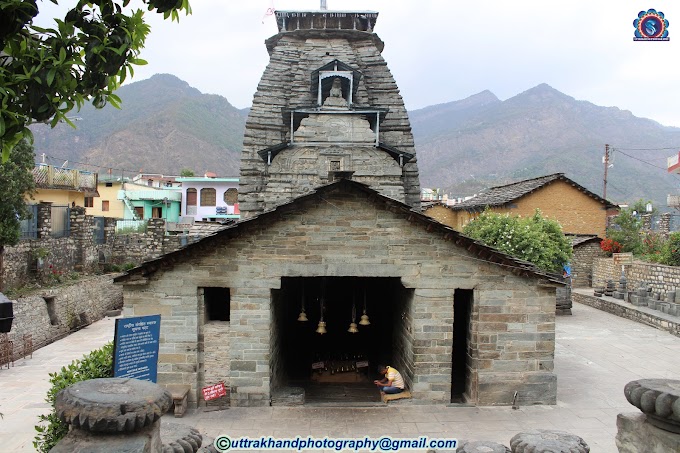 |
| Reason why cold and heat happen |
Cold and heat are the result of temperature changes in the environment, which occur due to variations in energy transfer, weather systems, and geographical conditions. Here's why they happen:
Cold:
-
Low Energy Transfer:
- When the Sun's rays are weaker or less direct (e.g., during winter or at night), the Earth's surface loses heat, leading to colder temperatures.
- This often happens in higher latitudes or during winter due to the Earth's tilt.
-
High Altitudes:
- Places at higher elevations experience colder temperatures because the air is thinner and less able to retain heat.
-
Weather Systems:
- Cold air masses (e.g., polar air) moving into an area cause a drop in temperature.
- Phenomena like snowfall or frost result from these cold conditions.
-
Lack of Heat Retention:
- Clear skies at night allow heat to escape more easily from the Earth's surface, causing lower temperatures.
Heat:
-
High Energy Transfer:
- When the Sun's rays are stronger or more direct (e.g., during summer or in tropical regions), the Earth's surface absorbs more heat, leading to warmer temperatures.
-
Geographical Factors:
- Areas near the equator receive direct sunlight throughout the year, causing consistently high temperatures.
- Urban areas experience heat due to concrete structures and lack of vegetation, known as the urban heat island effect.
-
Weather Systems:
- Warm air masses moving into an area or high-pressure systems can trap heat, causing higher temperatures.
-
Human Activities:
- Activities like deforestation, burning fossil fuels, and industrial processes contribute to global warming, intensifying heat in some areas.
Conclusion:
Cold and heat are natural phenomena driven by the Earth's rotation, tilt, and interaction with solar energy. Human influence can exacerbate these extremes, particularly through climate change and environmental impact.
Deep scientific reasons
The deeper scientific reasons for cold and heat involve the concepts of energy transfer, thermodynamics, atmospheric dynamics, and Earth's interaction with solar radiation. Here's an in-depth explanation:
Heat
Heat occurs due to the absorption and retention of energy, primarily from solar radiation.
1. Absorption of Solar Radiation (Thermal Energy):
- Electromagnetic Spectrum: The Sun emits energy in the form of electromagnetic waves. Most of this energy is in the visible light and infrared spectrum, which heats the Earth's surface.
- Albedo Effect: Surfaces like ice and snow reflect more sunlight (high albedo), while dark surfaces (e.g., forests, oceans) absorb more heat.
2. Greenhouse Effect:
- Certain gases (CO₂, CH₄, H₂O vapor) in the Earth's atmosphere trap heat by absorbing outgoing infrared radiation. This causes temperatures to rise, maintaining a warm climate necessary for life.
- Without this effect, the Earth's average temperature would be around -18°C instead of the current average of +15°C.
3. Kinetic Energy of Particles:
- Heat is directly related to the motion of molecules. When a substance absorbs energy, its particles move faster, increasing the temperature. This is described by the kinetic theory of matter.
4. Latent Heat Transfer:
- Processes like condensation and evaporation transfer energy. For example:
- Water absorbs heat to evaporate (latent heat of vaporization).
- During condensation, this heat is released back into the environment, contributing to localized warming.
5. Atmospheric and Oceanic Circulation:
- Warm air and water currents redistribute heat across the planet. For example:
- The Gulf Stream warms Europe by transporting heat from the tropics.
- El Niño disrupts normal heat distribution, leading to global climate anomalies.
Cold
Cold occurs due to the loss of energy from the Earth's surface or the absence of significant energy input.
1. Infrared Radiation Loss:
- At night or during winter, the Earth's surface loses heat by radiating infrared energy into space. Without incoming solar radiation, temperatures drop.
- Clear skies accelerate this process, as clouds act like a thermal blanket, reducing heat loss.
2. Adiabatic Cooling:
- When air rises, it expands due to lower atmospheric pressure. This expansion causes cooling without the loss of heat to the surroundings. This is why high altitudes are colder.
3. Seasonal Variation and Earth's Tilt:
- The Earth is tilted at 23.5°. During winter in a hemisphere, sunlight strikes at an oblique angle, spreading the same energy over a larger area and reducing heat concentration.
4. Polar Regions and High Latitudes:
- At high latitudes, the Sun's rays travel through more atmosphere, scattering and reflecting more energy, resulting in colder temperatures.
- During polar winters, regions experience months without sunlight, leading to extreme cold.
5. Cryosphere Feedback (Ice-Albedo Effect):
- Snow and ice reflect most sunlight, reducing heat absorption. As temperatures drop, more snow forms, further increasing reflectivity and causing a feedback loop of cooling.
6. Molecular Energy and Phase Changes:
- At lower temperatures, molecules have less kinetic energy and move more slowly. This reduced motion decreases temperature and leads to phenomena like freezing or condensation.
Thermodynamic Principles
-
First Law of Thermodynamics:
- Energy cannot be created or destroyed, only transferred or converted. Heat flows from warmer to cooler objects until thermal equilibrium is achieved.
-
Second Law of Thermodynamics:
- Heat naturally flows from high to low temperatures, leading to the cooling of warmer areas and the warming of colder areas over time.
-
Specific Heat Capacity:
- Substances like water have a high specific heat capacity, meaning they can store large amounts of heat energy. This property influences local temperatures (e.g., oceans stabilize coastal climates).
Global and Cosmic Factors
-
Solar Activity:
- Variations in solar activity (e.g., sunspots) can cause slight changes in the amount of energy Earth receives, affecting global temperatures.
-
Earth’s Orbit (Milankovitch Cycles):
- Changes in Earth's orbit, axial tilt, and precession over thousands of years influence long-term climate patterns, like glacial and interglacial periods.
-
Atmospheric Composition:
- Variations in greenhouse gas levels significantly impact heat retention. For example, during Ice Ages, lower CO₂ levels contributed to global cooling.
-
Volcanic Activity:
- Large eruptions release aerosols into the stratosphere, reflecting sunlight and causing temporary global cooling.
-
Cosmic Influences:
- Events like asteroid impacts or gamma-ray bursts could cause rapid cooling by ejecting particles into the atmosphere, blocking sunlight.
Summary
- Heat results from solar energy absorption, greenhouse gas effects, and atmospheric/oceanic circulation redistributing energy.
- Cold occurs when energy is lost through radiation, limited solar input, or enhanced reflectivity (albedo).
- Both processes are governed by thermodynamics, molecular physics, and Earth's interaction with cosmic and atmospheric dynamics.

.jpg)


















Follow Us